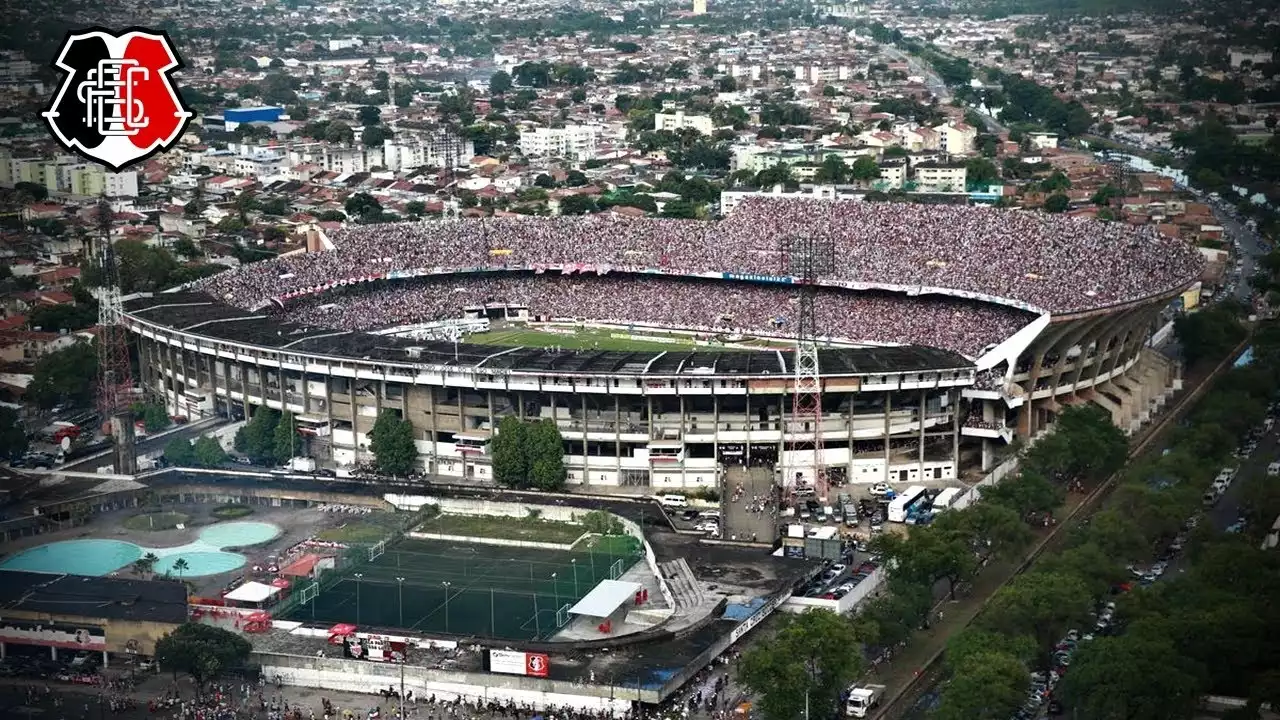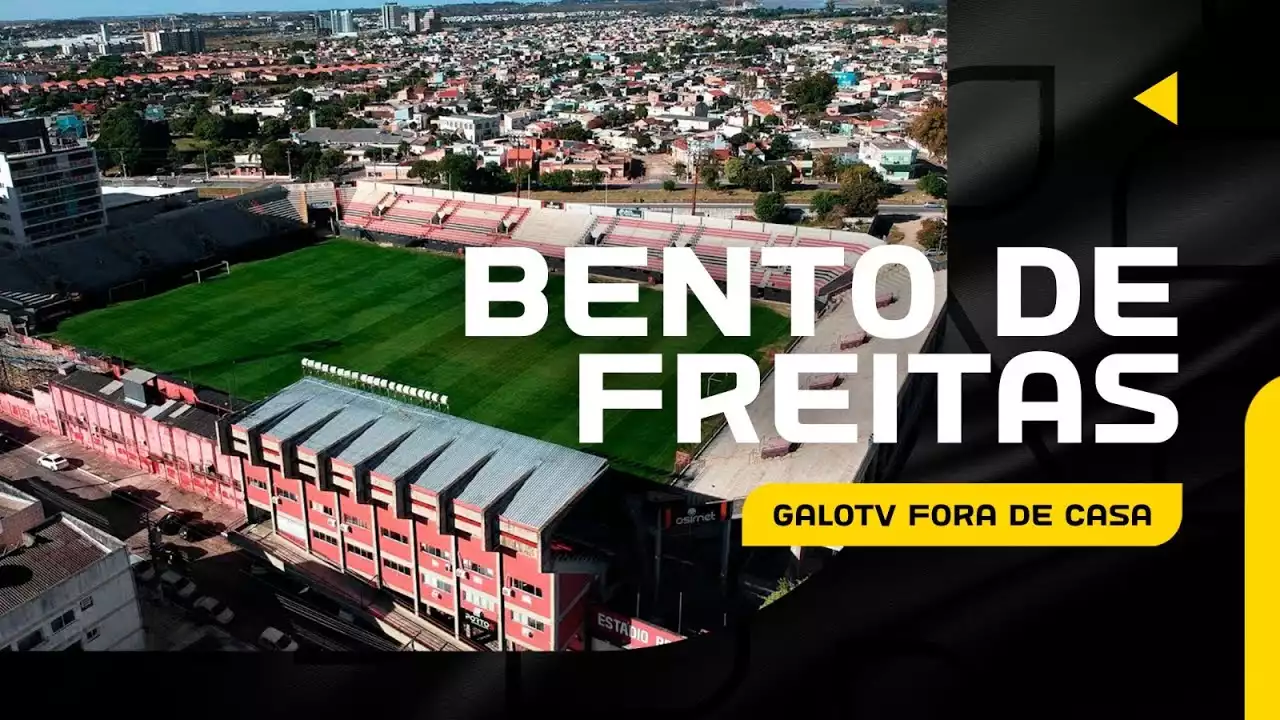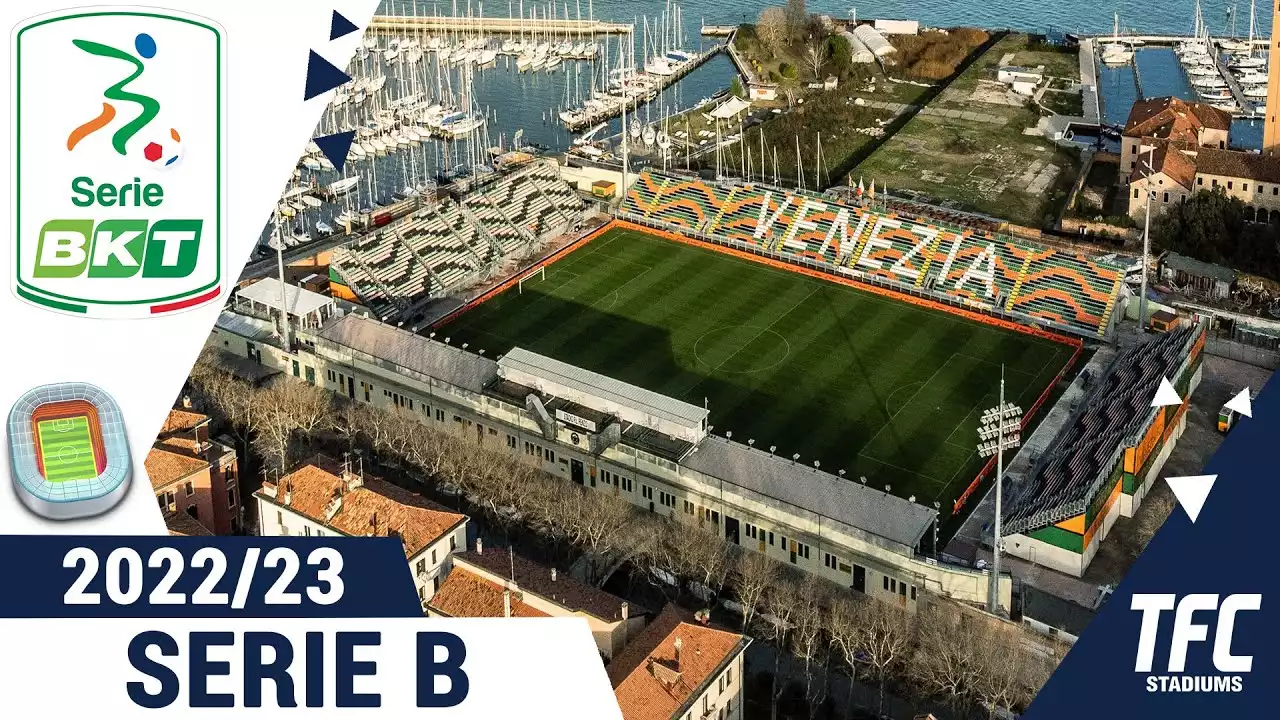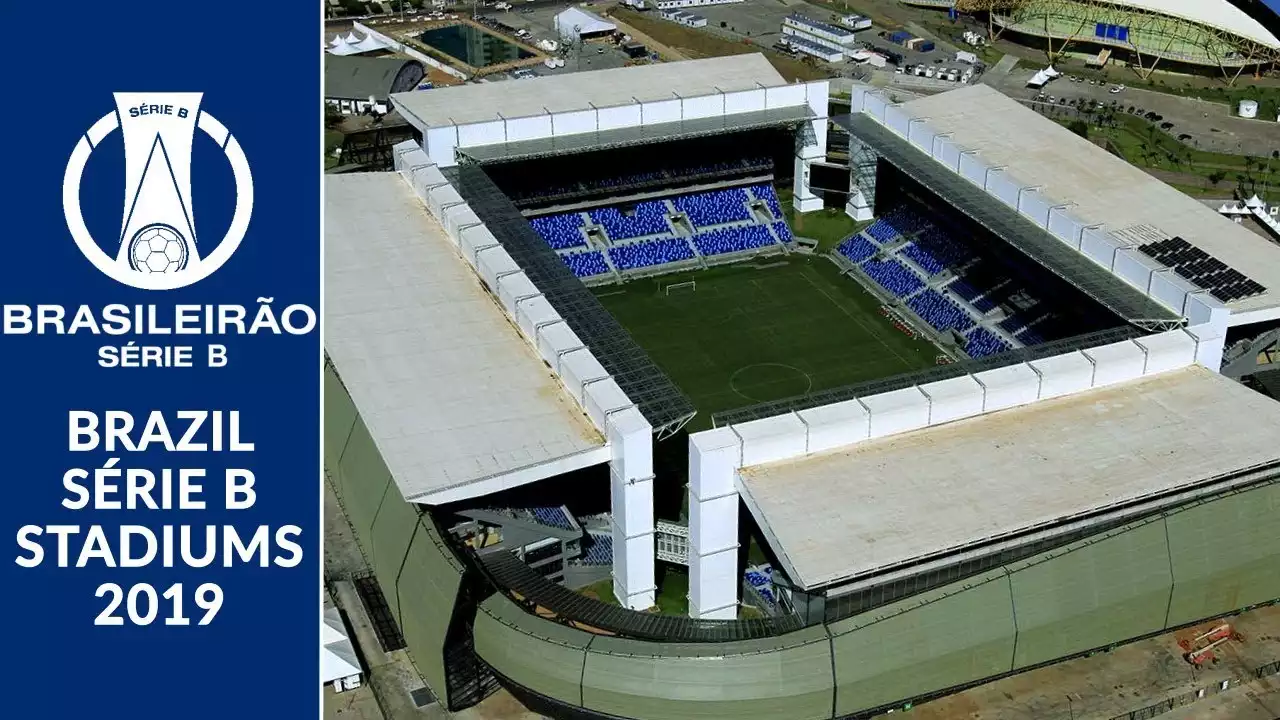History of Castelão Stadium
The Castelão Stadium has a rich and storied history that dates back to the 1980s. Originally called the João Castelo Stadium, the venue was built in 1982 to replace the old Santa Isabel Stadium. Over the years, the stadium has undergone several renovations and upgrades, including a major renovation in 2011 in preparation for the 2014 FIFA World Cup.
Today, the Castelão Stadium is one of the most modern and well-equipped stadiums in Brazil. It is the home stadium of the Moto Club and Sampaio Corrêa football clubs, as well as the Maranhão State Football Federation. It has also hosted several high-profile events, including the Copa do Nordeste, the Brazilian Cup, and the Confederations Cup.
Design and Architecture of Castelão Stadium
The Castelão Stadium is a masterpiece of modern architecture and design. The stadium's exterior is made up of a series of interconnected arches that create a stunning visual effect. The roof of the stadium is covered in a layer of translucent material that allows natural light to filter through, creating a bright and welcoming atmosphere.
Inside the stadium, fans are treated to a world-class experience. The seating is arranged in a bowl-like shape that ensures that every seat in the house has a clear view of the action on the field. The stadium is equipped with state-of-the-art audio and video systems, including a giant high-definition scoreboard that provides fans with an up-close and personal view of the action.
Features and Facilities of Castelão Stadium
The Castelão Stadium is equipped with a wide range of features and facilities that make it one of the most modern and well-equipped stadiums in Brazil. The stadium has over 40,000 seats, making it one of the largest stadiums in the country. It is also equipped with a range of amenities, including concession stands, restrooms, and VIP lounges.
Another unique feature of the Castelão Stadium is its eco-friendly design. The stadium is equipped with a rainwater harvesting system that collects rainwater and uses it to irrigate the pitch and flush the toilets. The stadium also uses solar panels to generate electricity, making it one of the most energy-efficient stadiums in Brazil.
The Matchday Experience at Castelão Stadium
The matchday experience at the Castelão Stadium is truly unforgettable. From the moment you step inside the stadium, you are greeted with a sea of passionate fans who are there to support their team. The atmosphere is electric, with fans singing, chanting, and cheering throughout the match.
One of the highlights of the matchday experience is the pre-match ceremony, which includes a colorful display of fireworks and a performance by the local marching band. The fans also participate in a range of traditions, including waving flags, throwing confetti, and lighting flares.
Notable Matches and Events Held at Castelão Stadium
Over the years, the Castelão Stadium has hosted numerous high-profile matches and events. Some of the most notable include the 2013 Confederations Cup, which saw Brazil defeat Spain in the final, and the 2014 FIFA World Cup, which saw several matches played at the stadium.
The stadium has also hosted several important domestic matches, including the final of the Brazilian Cup and the Copa do Nordeste. In addition, the stadium has hosted concerts by some of the biggest names in music, including Paul McCartney, Elton John, and Beyoncé.
How to Get to Castelão Stadium
The Castelão Stadium is located in the city of São Luís, which is the capital of the state of Maranhão. The easiest way to get to the stadium is by car or taxi. The stadium is located just a few minutes' drive from the city center, and there is ample parking available for fans.
Another option is to take public transportation. The stadium is served by several bus routes, and there is a taxi stand located just outside the stadium entrance.
Tips for Visiting Castelão Stadium
If you are planning a visit to the Castelão Stadium, there are a few things you should keep in mind. First, be sure to arrive early to avoid the crowds and get a good seat. Second, be prepared for the heat, as the stadium can get quite hot during the summer months.
Finally, be sure to bring plenty of cash, as the stadium does not accept credit cards. There are several concession stands located throughout the stadium, so be sure to try some of the local snacks and beverages.
Future Plans for Castelão Stadium
The Castelão Stadium is already one of the most modern and well-equipped stadiums in Brazil, but there are plans to make it even better. The stadium is currently undergoing a major renovation that will include the installation of a new high-definition video scoreboard and the construction of new VIP lounges and hospitality suites.
In addition, there are plans to expand the seating capacity of the stadium to over 50,000, making it one of the largest stadiums in the country. These renovations are expected to be completed in time for the 2022 FIFA World Cup.










